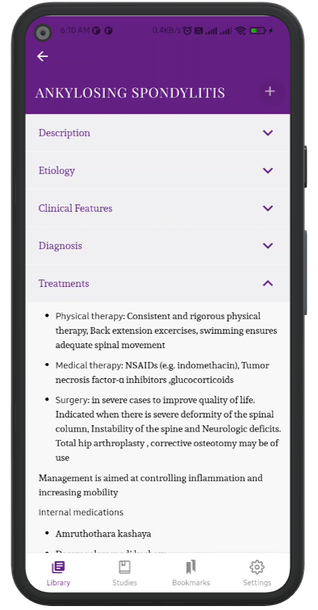CALCIUM
Types
- Calcium is an abundant mineral in the human body. Approximately 98% of the 1000-1200 gram of calcium in the adult are present in the skeleton, primarily as hydroxyl- apatite, which is a crystal lattice composed of calcium, Phosphorous and hydroxide.
- In addition to its vital importance in skeletal mineralisation, it also plays a vita...
Description
- 8.4 – 10.4 mg/dl
When to get Tested
- When there are symptoms of high calcium (fatigue, Weakness, loss of appetite, nausea, vomiting, abdominal pain, increased thirst)
- When there are symptoms of low calcium (abdominal cramps, muscle cramps, tingling fingers)
- The test may be performed in Delirium, Dementia, thyroid disease, Parathyroid disorder, multiple endocrine neoplasia, renal failure, renal cell carcinoma and Secondary hyperparathyroidism
Elevated Level
- Hyper calcaemia
- Hyperparathyroidism
- Metastatic bone tumor
- Milk-alkali syndrome
- Multiple myeloma
- Paget‘s disease
- Sarcoidosis
- Vitamin D intoxication
- lmmobilisation eg: Bed Rest
Decreased Level
- Hypoparathyroidism
- Malabsorption
- Osteomalacia
- Pancreatitis
- Renal failure
- Rickets
- Vitamin D deficiency
- Magnesium depletion
- Hypoproteinemia
- Hyperphosphatemia
- Septic shock

